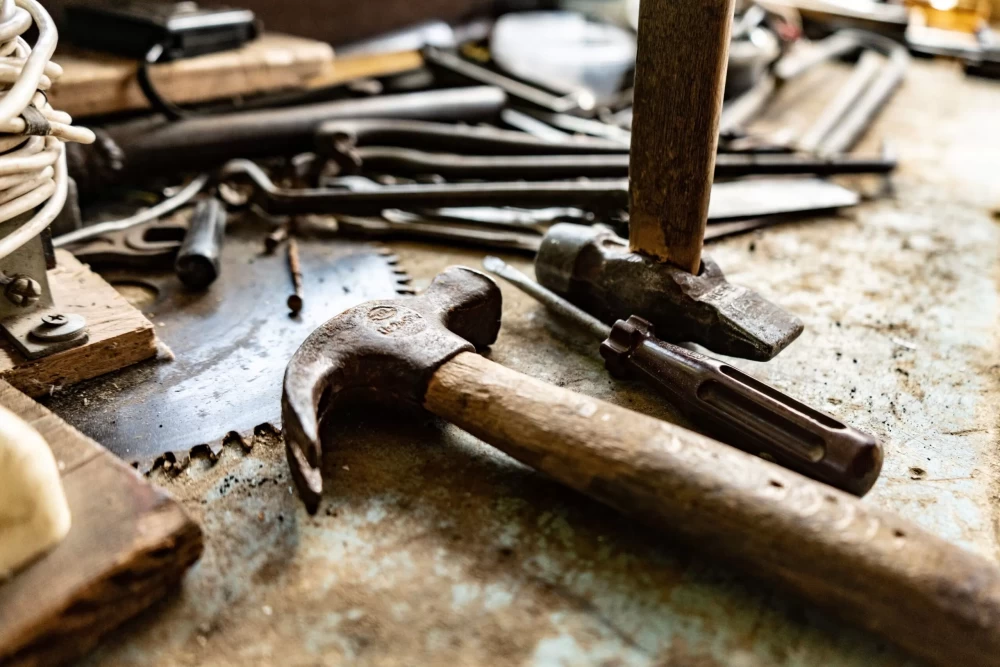
The Dangers Of Silica Dust
What is silica dust?
Silica dust, or Respirable Crystalline Silica (RCS), is a natural substance in stone dust. Present in various types of rock including, clay, gravel and sand, silica is most commonly found in quartz and is incredibly harmful upon inhalation.
RCS is frequently found in essential building supplies like tiles, bricks and concrete. During construction, these materials can release silica dust, presenting a hazard to those working in the vicinity.
Industries that are exposed to silica
Industries that are at the greatest risk of stone dust exposure, include:
- Building and construction
- Manufacturing – glassmaking, ceramics, pottery
- Stonemasonry
- Mining and quarrying
- Demolition
- Sandblasting
- Farming
- Engineering
Whilst materials that contain silica aren’t inherently dangerous to handle, it’s tasks like drilling, cutting and polishing that make RCS airborne, presenting a major respiratory risk.
Why is silica dust dangerous?
Respirable Crystalline Silica dust (RCS) is so fine, it’s often invisible to the naked eye. Therefore, workers are at risk of inhaling these microscopic particles unknowingly, allowing the stone dust to embed itself deeply within the lungs.
It’s this prolonged exposure to silica that can result in debilitating and even fatal diseases. As such, silica poses the second greatest risk to construction worker after asbestos. In fact, according to HSE, over 500 construction workers are believed to die from exposure to silica dust every year. Therefore, it’s imperative that employers and employees alike are aware of the lasting effects of stone dust exposure.
Diseases caused by silica exposure
Prolonged stone dust exposure has been linked to a variety of diseases and disabilities. Some of which include:
Silicosis
Silicosis is a form of lung disease caused by inhaling large quantities of crystalline silica dust. Initially, it can cause inflammation, reducing the lungs capacity to function as normal. However, as it develops it can lead to fibrosis – the irreversible scarring and stiffening of the lungs. Silicosis is often categorised into three types:
- Acute Silicosis – the result of intense exposure over a short period of time (months).
- Accelerated Silicosis – the result of high exposure over a period of two to five years.
- Chronic Silicosis – the result of exposure over a period of 10 years or more.
Symptoms can range from shortness of breath, persistent coughing and fatigue to difficulty performing day-to-day tasks and even respiratory failure.
Chronic Obstructive Pulmonary Disease (COPD)
COPD refers to a group of lung diseases, including emphysema and bronchitis, that can result in lasting breathing difficulties. Studies suggest that exposure to silica dust can cause COPD independently of silicosis, resulting in symptoms like prolonged coughing, breathlessness and persistent chest infections.
Kidney disease
Silica exposure has also been closely linked to the development of renal diseases. In fact, a paper published on the government website, [Silica – related Renal and Connective Tissue Diseases] estimates that 6 months of silica exposure at work increases your risk of kidney failure by fourteen times compared to someone who has not been exposed to stone dust.
Lung cancer
Prolonged exposure to silica dust can also increase your risk of developing lung cancer. Symptoms often overlap with other pulmonary diseases initially presenting as persistent coughing and breathlessness, but can develop into persistent chest pain, difficulty swallowing and even coughing up blood.
How can a fume extraction system help?
By adopting a fume extraction system, you can prevent the inhalation of hazardous stone dust. At Purex, we produce premium-quality fume extractors you can trust. Fitted with HEPA filters, our extraction systems can catch particles as small as 0.3 microns, effectively removing airborne contaminants like silica (10 microns) from your working environment. Our systems are also fitted with automatic flow control to maintain a constant extraction rate, even if the filter blocks, so you don’t have to worry about downtime.
Additional exposure-limiting measures
To further limit your exposure to stone dust, HSE have valuable guides for controlling exposure to stone dust, providing suggestions and actionable steps to reduce exposure. Examples include:
- Opting for different materials with a lower percentage of silica: some stones like marble and chalk contain as little as 2% silica compared to sandstone which contains over 70% of silica.
- Automating tasks to reduce exposure: limiting manual labour during certain processes can reduce exposure levels.
- Mandatory PPE and RPE: protecting against airborne and settled dust through personal protective equipment for those participating in stone processing tasks.
Put your trust in Purex
At Purex, we supply air-filtration equipment to companies across the globe. Offering the latest in fume extraction technology, 24/7 technical support and end-to-end solutions, trust us to deliver clean air solutions.
Get in touch with our expert team today to learn more about how our fume extractors can protect your business from the effects of stone dust inhalation.
Latest insights
-

Purex International Ltd Bids Farewell To Its Former Headquarters
Today marks the end of an era for Purex International Ltd. After years of innovation, collaboration, and growth within these walls, we say goodbye to... Read more -

The Role of Spark Arrestors in Fume Extraction Systems
When working with fume extraction systems, safety isn’t just about filtering out harmful fumes; it’s also about fire prevention. One key f... Read more -

How Regular LEV Servicing Prevents Health Hazards
You might not think it, but regular LEV maintenance is a very important aspect in safeguarding for the health and safety of workers in environments wh... Read more
How Purex can help
We provide an excellent level of service and support, including our 24-hour technical support service and start-to-end projects. Get in touch with our expert team today to find out more.